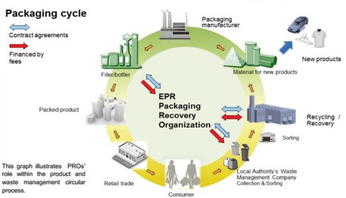Heat Load Variations on Web Substrates as Seen by Deposition Modelling
Presented by Charles A. Bishop, C.A.Bishop Consultings Ltd.
Wrinkling is one of the common problems that can occur during the vacuum deposition of coatings onto web substrates. It would be useful to be able to predict what deposition conditions might cause wrinkling. Where different materials and a variety of different substrate thickness webs are required to be coated being able to predict which of the webs might be more susceptible to wrinkling would enable the process to be adjusted accordingly without the need to produce scrap material.
A critical factor in the process, that is an unknown, is the heat transfer coefficient. It can be estimated with the knowledge of other parameters. It is not a constant through the process. The heat transfer coefficient has three components, conduction, convection and radiation. The contribution of each of these can be varied deliberately by changing the tension on the web or by deliberately changing the amount of gas present between the web and deposition drum. When the web passes through the deposition zone the web is heated and expands which changes the tension and dimensions of the web which in turn changes the heat transfer coefficient.
In this paper we will highlight some of the changes to the web during its passage through the deposition zone. Some of which I am sure you will be familiar with but others might be ones you may not have thought about before but are relevant.
This post is for paying members only
SubscribeAlready have an account? Log in

